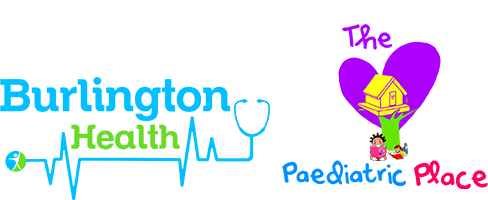
22 Oct The Negative Stigma Of Head Lice
Head lice ( pediculus humanus capitis) found worldwide, are insects that live and breed on your head, close to the human scalp. They feed on human blood by biting the scalp. When these parasites pierce human skin with their jaws, they inject histamine together with saliva. Histamine causes irritation and itching, and can even provoke allergic reactions in the worst-case scenario.
These insects are tiny, wingless, and are difficult to see. They cannot jump or fly, and are about one to two millimetres long and greyish brown in colour. They come in three stages:
Nits: Lice eggs, which are easy to confuse with dandruff for hairspray droplets. Nits firmly attached to the strands of hair and take about one week to hatch.
Nymph: The nit hatches into a baby louse called a nymph.
Adults : Adult lice can live up to 30 days on a person’s head, and the females produce hundreds of eggs in that lifetime.
More a nuisance than anything else, head lice are not considered a medical or public health hazard, nor are they known to spread disease in this hemisphere. The itching, when it leads to excessive scratching, can increase the chances of breaking the skin on the scalp. This may cause secondary skin infection, especially with sharp and dirty fingernails.
Catching lice comes with a negative stigma, and oftentimes parents are embarrassed, and children teased. However, catching lice is not indicative of poor personal hygiene practices, as anyone can get lice. This negative stigma of head lice is sometimes enough to lead to fear and panic in the minds of many parents, teachers, schools, and even learned members of our society.
HOW DO YOU CATCH HEAD LICE?
The only way head lice can move around, being wingless, is by crawling. They cannot fly, or jump around from head to head. Head lice can only spread by direct head-to-head contact with the hair of an infested person. It is therefore more commonly found in children because they usually have closer physical interactions during school, play, and bonding by sharing secrets, when compared to adults. Spread by contact with clothing, such as hats or personal items such as combs, of an infested person is possible, but uncommon. Active infestation (pediculosis capitis) is diagnosed by actually seeing nymphs and adults in the hair.
HOW DO YOU GET RID OF HEAD LICE?
There was a time when the common thinking was that cutting off the hair was the best way to get rid of lice. This is not always a rational or reasonable solution. There are many reasons this is not always a rational or reasonable solution. There are many home remedies – that effectively act by suffocating the lice – and over-the-counter as well as prescription medications available. If in doubt, see a doctor or pharmacist. Talk to your doctor before treating children under two years, a person with a seizure disorder, or if your child has a scalp infection. Follow the instructions carefully, as misuse or overuse of lice products can be hazardous, and are sometimes thought to be more dangerous to the person than the infection itself. Also, never use insecticide sprays. Physically removing the nits are an important part of successful eradication.
It is recommended to wash, in hot, soapy water, hats, hairbrushes, combs, or any other item that is worn or used on the head, as well as pillowcases, towels and bed linens of an infected person.
WHAT ABOUT TYPES OF HAIR, OR HAIRSTYLES?
Anyone can get lice. These creatures do not discriminate based on length of hair, type of hair, or hairstyle. The risks are generally the same, but let’s look at a few hairstyles and hair types locally:
Locks: Having locks reduces the risk of catching lice because the structure of the hair makes it difficult for nits to attach to the hair shaft or for lice to get close enough to the scalp to feed. The disadvantage though, is that if there is an infestation, it is harder, but not impossible to treat, if the lice burrow themselves within the structure of the hair and lay eggs. The treatment is more intensive and will take longer.
Braids: Braids do not prevent a child from getting lice. If a child with braids gets lice, it is recommended to remove the braids to make the treatment more effective.
Plaits: A part of the treatment includes the use of a fine-toothed nit comb or fingers to remove all nits attached to hair shafts after treatment with a shampoo. Undoing the plaits can help with this process.
Natural hair (straight, curly, kinky, or any variation in-between): Any hair type, regardless of the length, can get lice. As long as the lice can get to the hair and can attach nits to the shaft. Lotions and oils can make it harder for lice to stick to the hair.
Catching head lice is not pleasant, but the fact that it mainly affects children, it means that we as adults must be rational in our reaction to treating and preventing infections. Any guideline, ruling or policy regarding lice must also consider the well-being and rights of the child. This should be done based on fact and shouldn’t reflect any personal biases. The fear of head lice should not be a reason to ostracise a child, and is definitely not a valid health and public safety reason to ban certain hairstyles in schools.
Dr Tamra Tomlinson Morris is a consultant paediatrician and paediatric cardiologist at the Paediatric Place. She is also a past president of the Paediatric Association of Jamaica.
Source: Jamaica Gleaner



No Comments